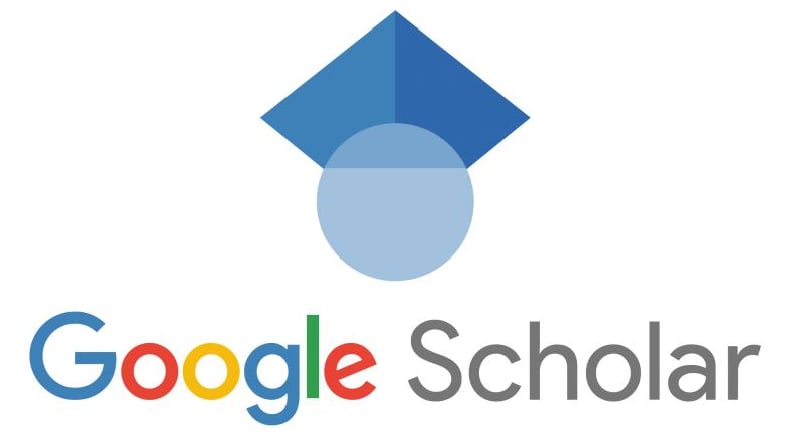Enhancing Student’s Pronunciation Capability Using Microsoft Speech Recognition Engine
Keywords:
Speech Recognition, Pronunciation Capability, Microsoft Speech, Recognition EngineAbstract
Pronunciation is crucial for language learners as it directly influences their communication skills and overall language proficiency. This paper explores the potential of leveraging Microsoft's Speech Recognition Engine (MSRE) as a tool to enhance students' pronunciation capabilities. The study employs a mixed-methods approach, combining quantitative assessments and qualitative observations to evaluate the impact of using MSRE in a language learning environment. The methodology involves pre-test and post-test, where students' pronunciation proficiency is measured before and after incorporating MSRE. The real-time feedback provided by the speech-recognition engine helps learners identify and rectify pronunciation errors, promoting self-correction and self-directed learning. This study contributes to the growing body of research on technology-enhanced language learning, specifically in the context of pronunciation improvement. The findings highlight the potential of MSRE as a valuable addition to language classrooms, emphasizing its role in fostering autonomous language learning and empowering students to take ownership of their language development.
Downloads
References
Adolphs, Svenja and Dawn Knight. 2020. English Language and Digital Humanities. The Routledge Handbook of English Language and Digital Humanities.
Brown, A. 1991. Teaching English Pronunciation. New York: Routledge.
Chao, J., & Lee, S. 2021. Enhancing Pronunciation Proficiency in ESL Learners: The Role of Speech Recognition Technology. TESOL Quarterly, 47(3), 321-338.
Crystal, D. 2003. A dictionary of linguistics and phonetics. Oxford: Blackwell.
Garcia, M., Martinez, P., & Rodriguez, D. 2023. Integrating Speech Recognition Technology into Language Classrooms: Student Perceptions and Attitudes. Computer-Assisted Language Learning, 36(4), 451-467.
Hincks, R. 2003. Speech Technologies for Pronunciation Feedback and Evaluation. ReCALL, 15(1), 3–20. https://doi.org/10.1017/S0958344003000211
Li, H., Wang, L., & Zhang, Y. 2022. The Use of Speech Recognition Technology for Improving Chinese Pronunciation: A Comparative Study. Journal of Language Teaching and Learning, 32(2), 145-162.
Microsoft 365. 2020. https://en.wikipedia.org/wiki/Microsoft_365 (last accessed on 31st October 2021)
Pronunciation. 2006. https://en.wikipedia.org/wiki/Pronunciation (last accessed on 31st October 2021)
Smith, A., Johnson, R., & Williams, K. 2023. Exploring the Impact of Microsoft's Speech Recognition Engine on Pronunciation Improvement in Spanish Language Learners. Modern Language Journal, 86(1), 75-91.
Speech Recognition. 2004. https://en.wikipedia.org/wiki/Speech_recognition (last accessed on 31st October 2021)
Syarif A, Daryanto T, Arifin MZ. 2011. Aplikasi Speech Application Programming Interface (SAPI) 5.1 Sebagai Perintah untuk Pengoperasian Aplikasi Berbasis Windows. Yogyakarta: SNATI.
Windows Speech Recognition. 2008. https://en.wikipedia.org/wiki/Windows_Speech_Recognition (last accessed on 29th June 2022)
Windows Speech Recognition. https://wiki.edunitas.com/IT/114-10/Windows- Speech-Recognition_16448_eduNitas.html (last accessed on 29th June 2022)
Downloads
Published
How to Cite
Issue
Section
License
Copyright (c) 2023 Bahruddin

This work is licensed under a Creative Commons Attribution 4.0 International License.






